Emma Van Leest is becoming a household name in the world of paper cutting. Her steady hand and intricate eye for detail turns a humble piece of paper into works of art so amazing that words fail to describe how incredible they are. Who would have thought that with the simplest of materials, a sheet of archival paper and a blade such beauty could be created.
Emma completed her honours year in Fine Arts at RMIT in Melbourne, she traveled to Indonesia to study Balinese and Javanese folk art – including the ancient art of shadow puppetry. She was later the recipient of an Australia Council Emerging Artist’s Travel Grant, where she visited China to study traditional Chinese paper cutting techniques. Emma’s works include – orientalism, nature and plant-life, folk art, Medieval saints, Hindu literature and children’s fairytales.
Emma is participating in the A4 Paper Convention. The exhibition runs from 31 May to 5 June at The Paper Mill, 1 Angel Place (Ash St), Sydney.
Thank you Emma for taking the time to speak to Paper Runway …
Tell us a bit about you and your background
I’m 32, a Melbourne girl, born and went to school here and did an honours degree in painting at RMIT University. I grew up in the northern suburbs of Melbourne and my dad was born in Netherlands. I don’t come from an artistic family but I was always making things as a kid, playing games for hours and my mum taught me to sew when I was 7.
Do you remember when you first started paper cutting
I first started paper cutting in second year university. We had a collage assignment and I’d been backpacking around Europe over the break, collecting materials for it. The architectural space of cities such as Venice, the castles, labyrinthine streets and opera theatre sets I saw inspired me to start making 3d collages. From here, paper cutting almost seemed a solution to the problem of making these 3d collages, which became like little opera sets or dioramas.
Who or what influences what you do?
When I was little, I loved the illustrations of Jan Pienkowski, particularly in A Necklace of Raindrops by Joan Aitken, and I read a lot – Enid Blyton’s The Faraway Tree was a favourite. Joseph Cornell and the Dada collage artists were big influences when I discovered them in high school and art school. The animations of Lotte Reiniger have been an exciting recent discovery. I’m fascinated with folk art and with the traditional arts of India, China, Indonesia and Persia. Some of the epic scale landscapes filled with figures from these traditions, along with European artists like Brueghel, took my interest in architectural space to a new level.
Where do you draw inspiration from?
I draw inspiration from art history – particularly, as I mentioned, traditional painting and drawing of Asia, from patterns, botanical sketches, gardening magazines, comic books and my own travels, drawing and photography.
You work is incredibly intricate; you must be very patient – can you give us an evolution of a design?
I start by gathering visual materials, from books, magazines, drawings and photographs. I have a big lightbox and I sketch out the image on the reverse of the paper that is to be cut. Each layer of a work (some have multiple layers, others don’t) is cut from one sheet of paper. Basically it’s a big traced out montage of imagery from loads of different sources. Then I cut the work on a cutting mat, working from the smaller areas to the larger ones, finishing with the outlines. Once this is done, I assemble it by mounting it on mountboard. I cut little cushions of foamcore and glue them between the layers. This can get tricky if the cutting is very fine (some of those little cushions get very, very tiny) or if there are multiple layers. Lately I’ve been sandwiching the paper cutting between Perspex sheets instead of using the foamcore cushions.
How long does it take you to create your designs (I might as well ask how long is a piece of string!)
It can take from half an hour to create a little tiny work to 6 weeks for something like Perpetua. It depends on the fineness of the drawing and cutting, and how sure I am about how the work should look. There is a lot of trial and error, redrawing and refining, before (and sometimes during) the cutting process.
What is your favourite design that you have worked on?
I don’t really have a favourite, but I often think that To dream in waking life is a work that I’m particularly proud of. There’s different works that I am proud of from each stage of my career. The real breakthrough ‘light bulb’ moment came for me with December saints so I guess I also have a soft spot for that series too.
What are you working on at the moment?
At the moment, I am working on a series that is inspired by the voyages of Captain Cook.
Why paper?
I’m often asked this question, and I think it’s because it’s such an everyday, ephemeral material that we use all the time. I’m constantly surrounded by paper (I also work part time as a legal secretary). It’s exciting to transform such a humble material into something that is (hopefully) beautiful, meaningful and transcendent. Paper is a flexible, affordable medium and it’s so transportable! I will never forget arriving in Sydney with a whole show in my carry-on luggage and another time I travelled through Sikkim in the Indian Himalayas with an artwork rolled up in my backpack. You can convey so much with these lightweight silhouettes which flat-pack into nothing.
Also, I love the craft element of paper cutting. I grew up having learned to sew, and I’ve always made things by hand. Creating something with your own hands is one of the most satisfying things you can do. I feel connected to the feminine tradition of handicrafts – something that has been in recent years reconsidered and reclaimed in line with a new awareness of women’s history.
What are your tools of trade?
A stencil knife, cutting mat, masking tape, a light box, and folders of images I’ve collected over the years.
Answer these short questions
- Tea or coffee – Coffee
- Sweet or savoury – Savoury
- Heal or flats – Flats
- Long or short – Long
- Night or day – Night
To see more of Emma’s works vist her website –www.emmavanleest.com
x Nikki & Maree



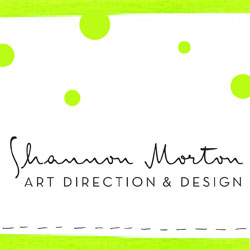

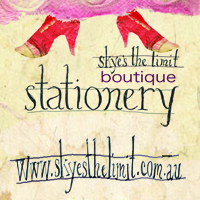
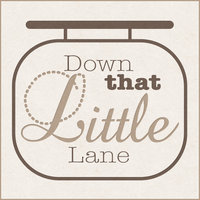
















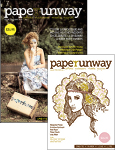
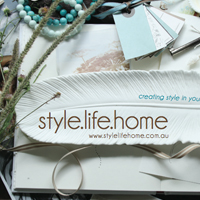




So amazingly beautiful. thank you x